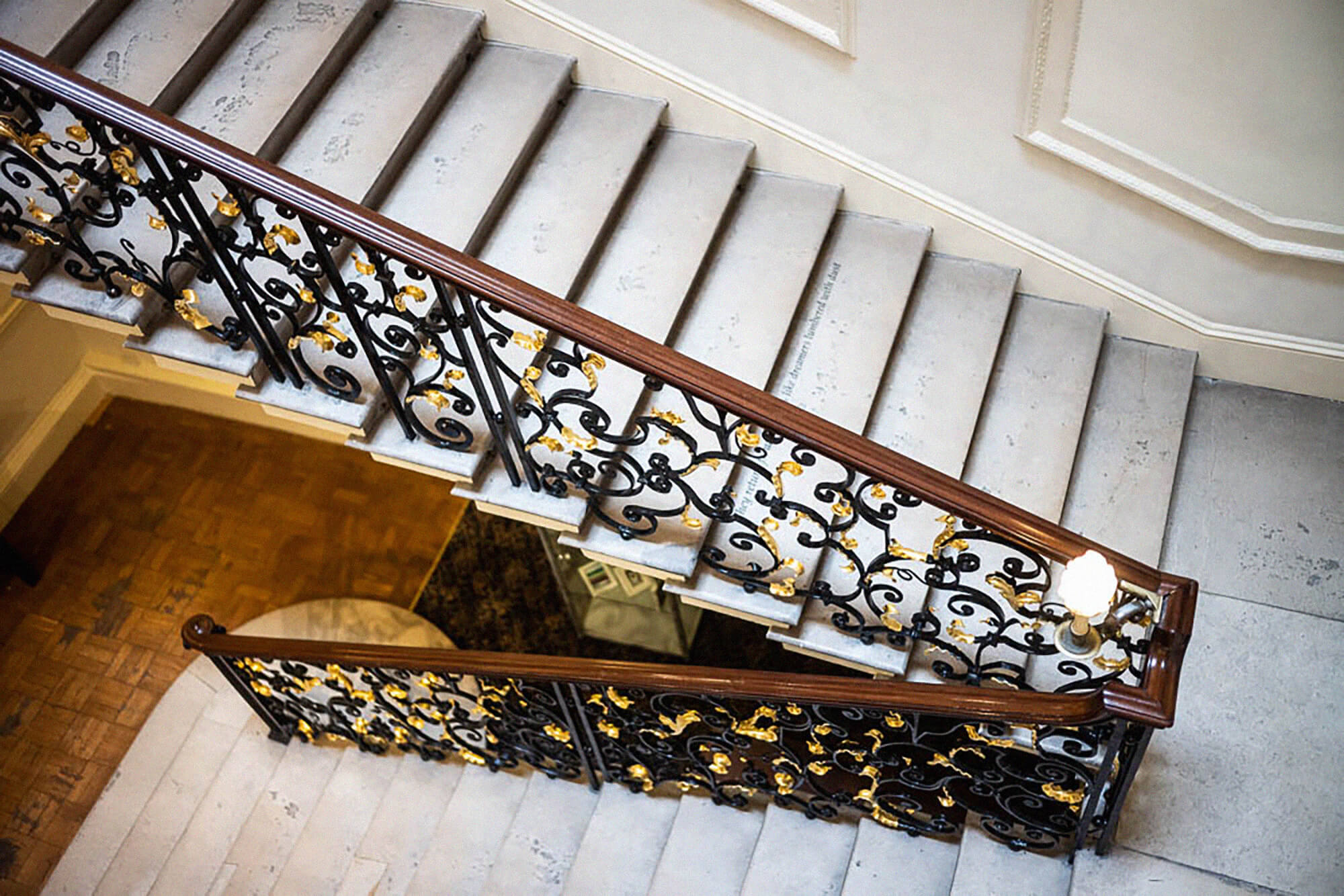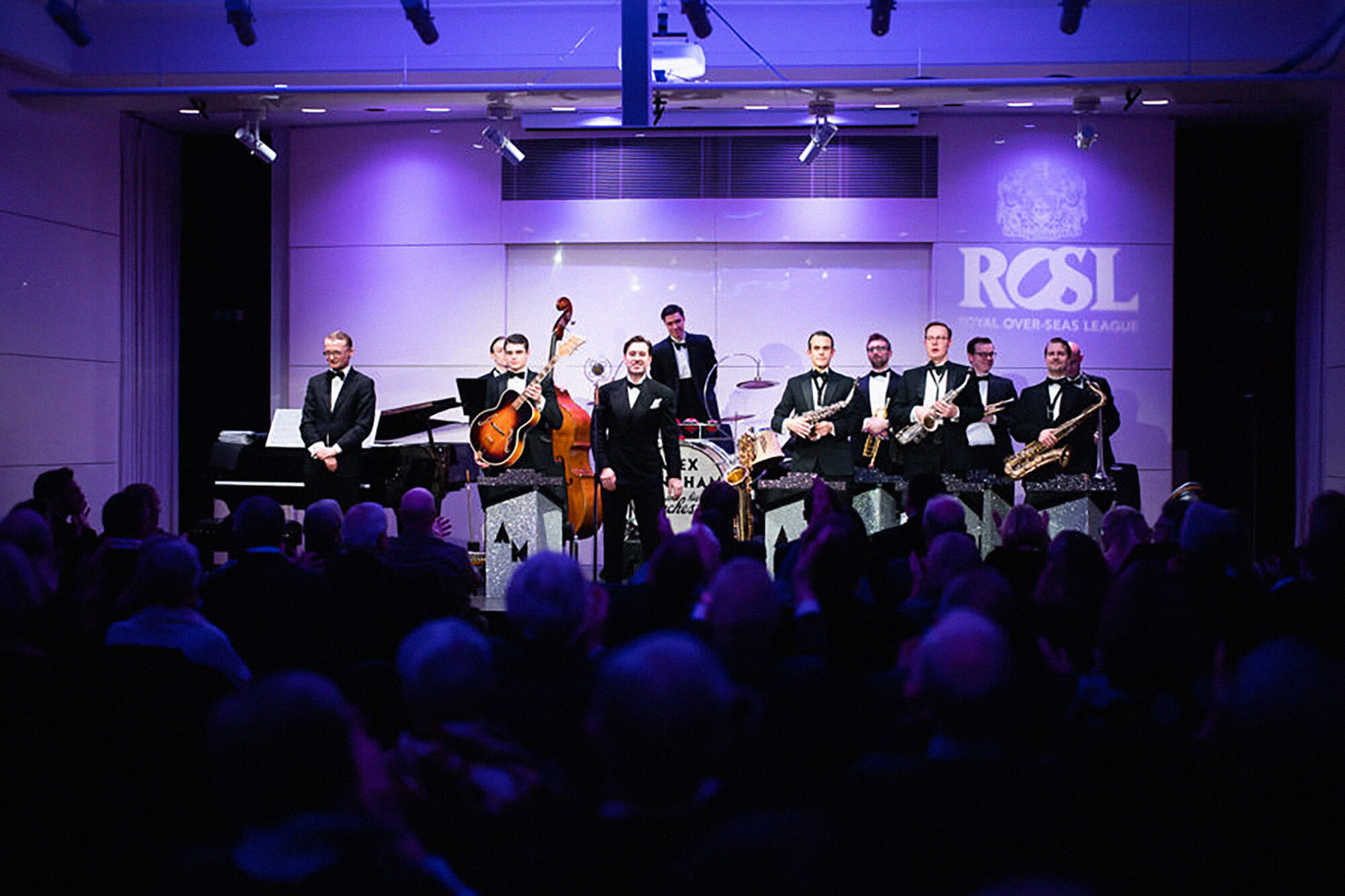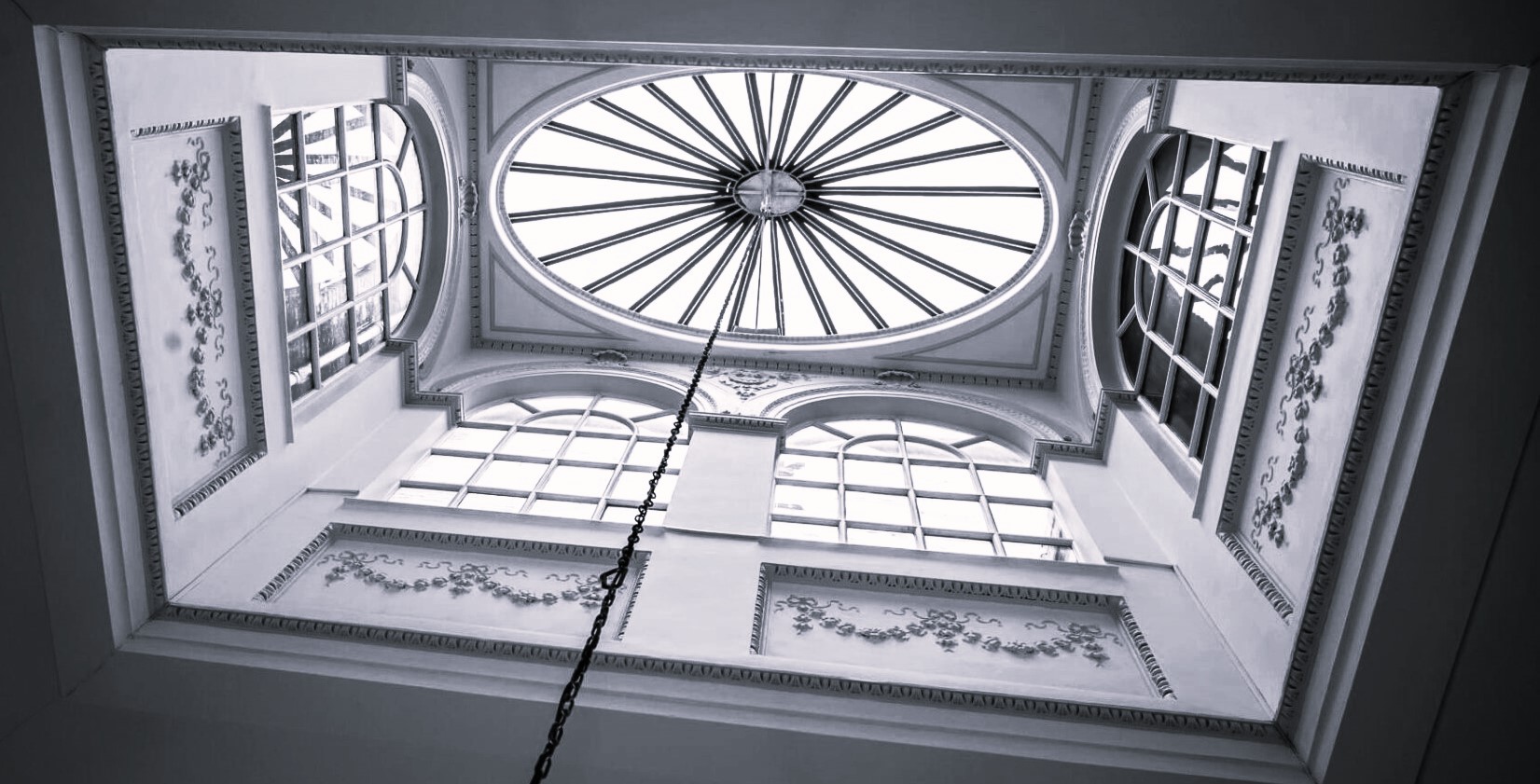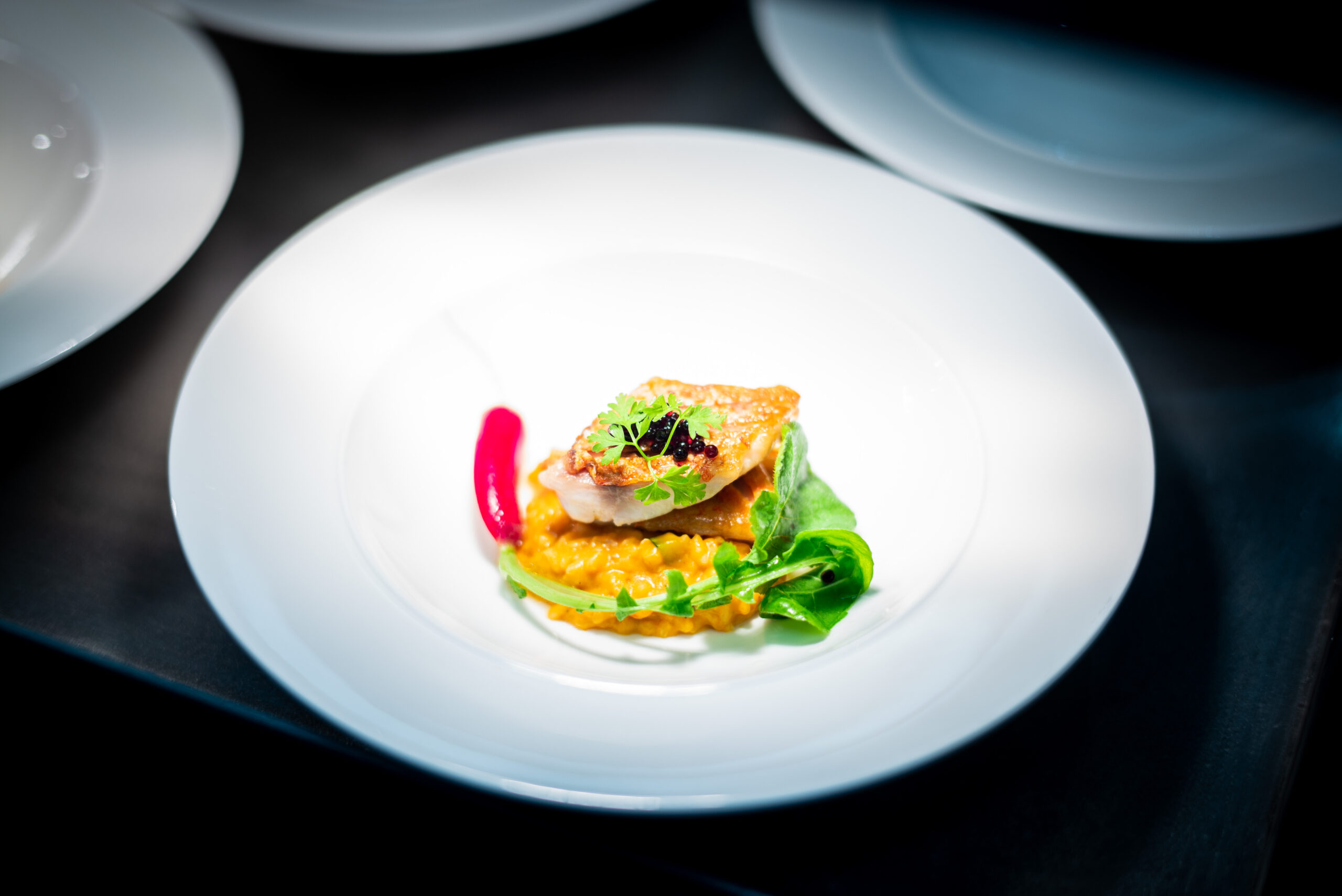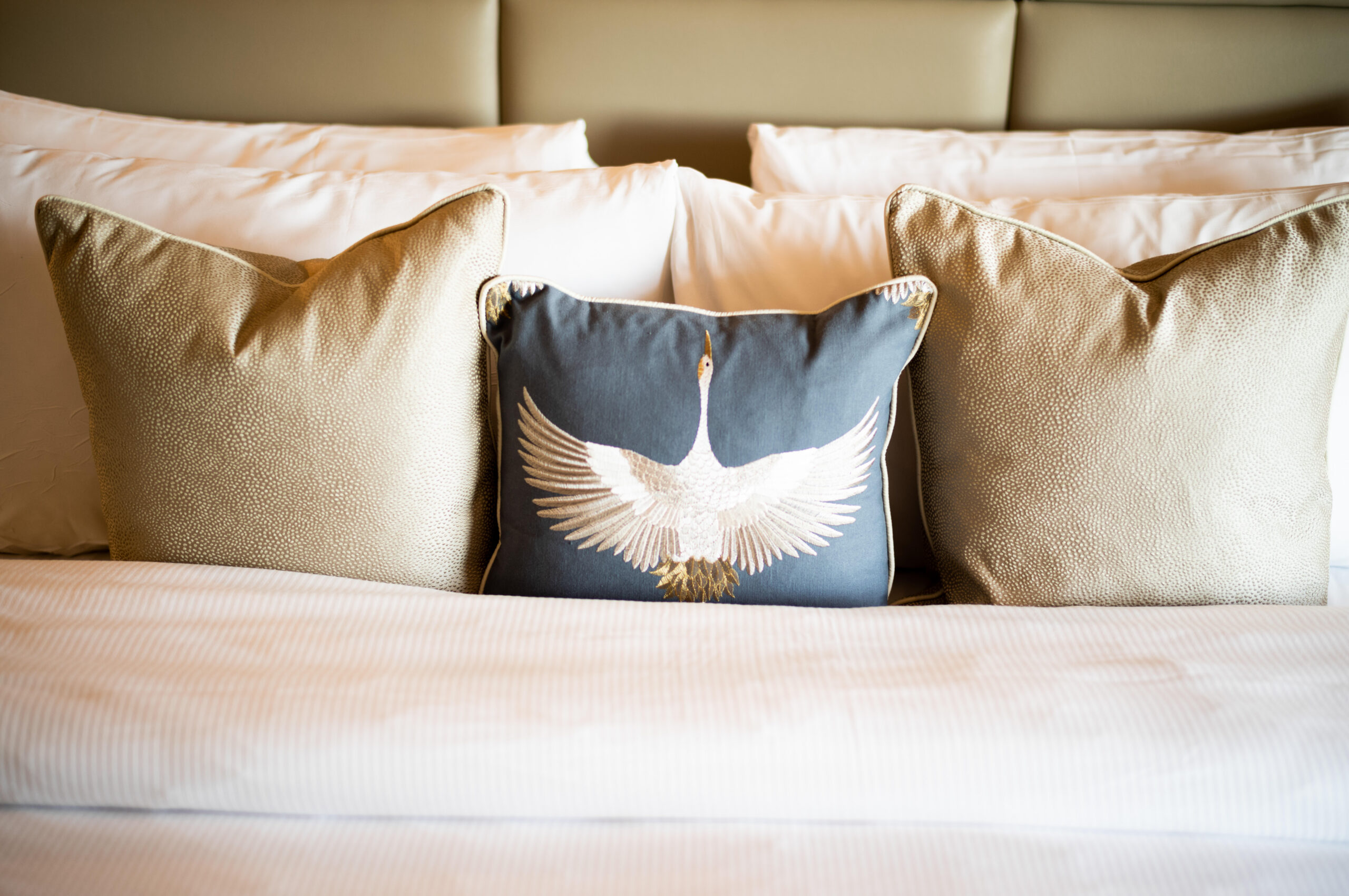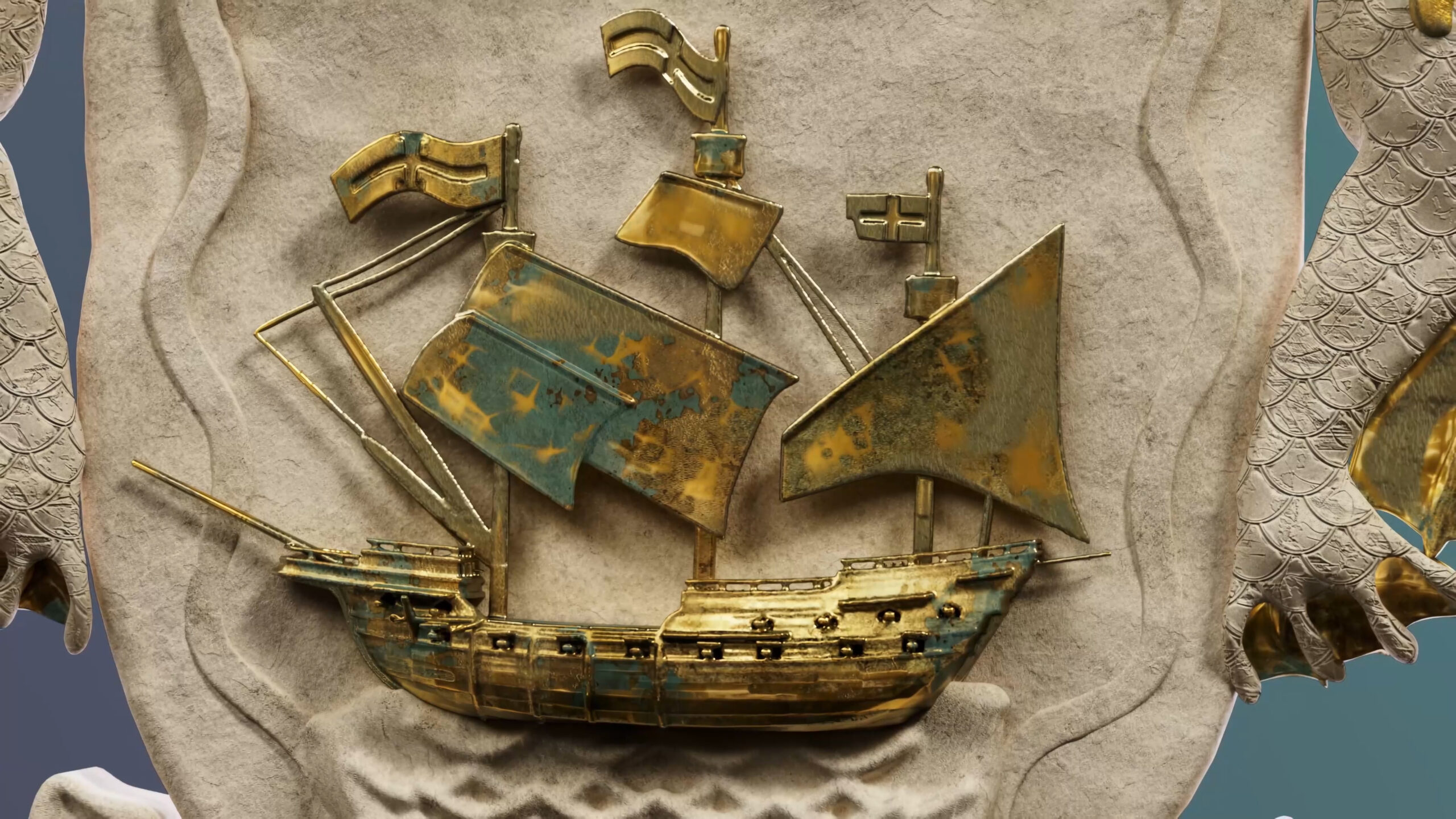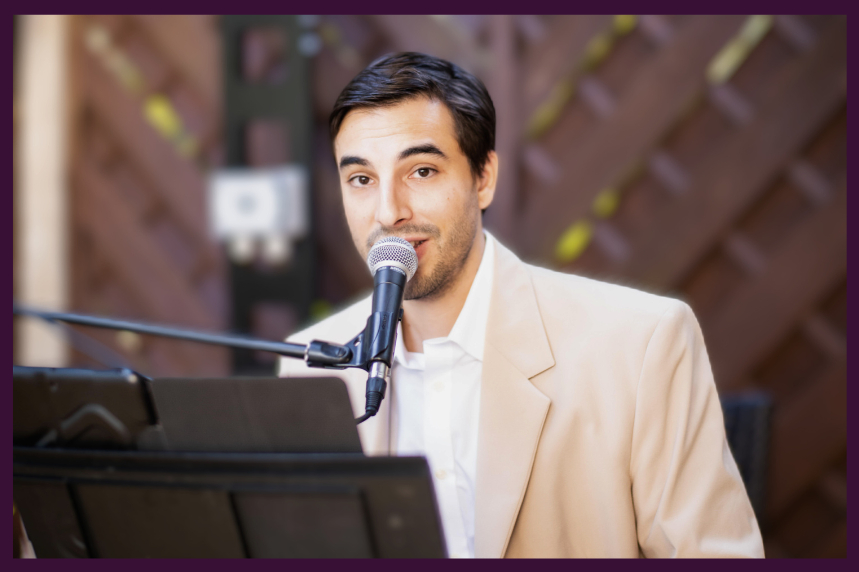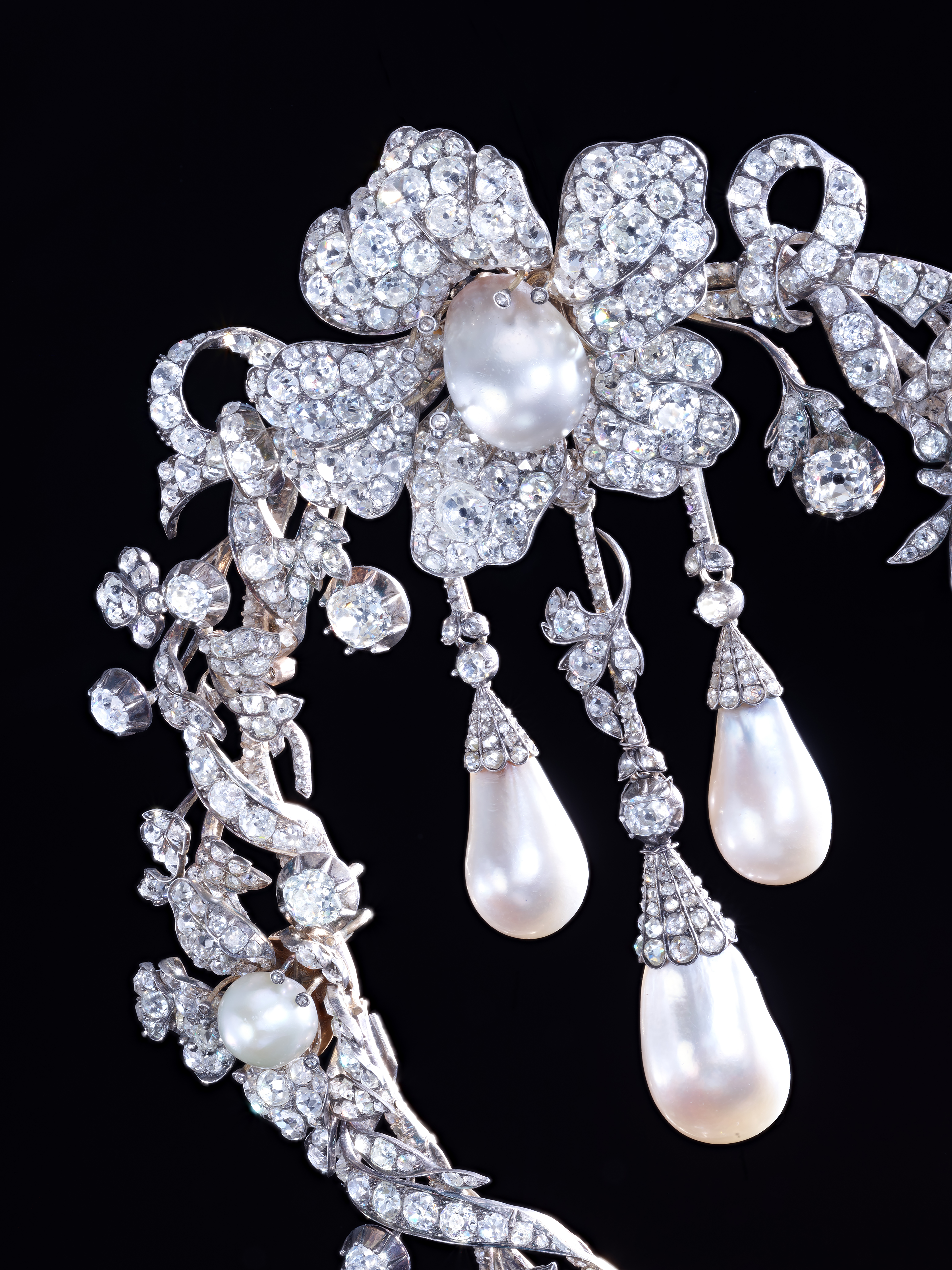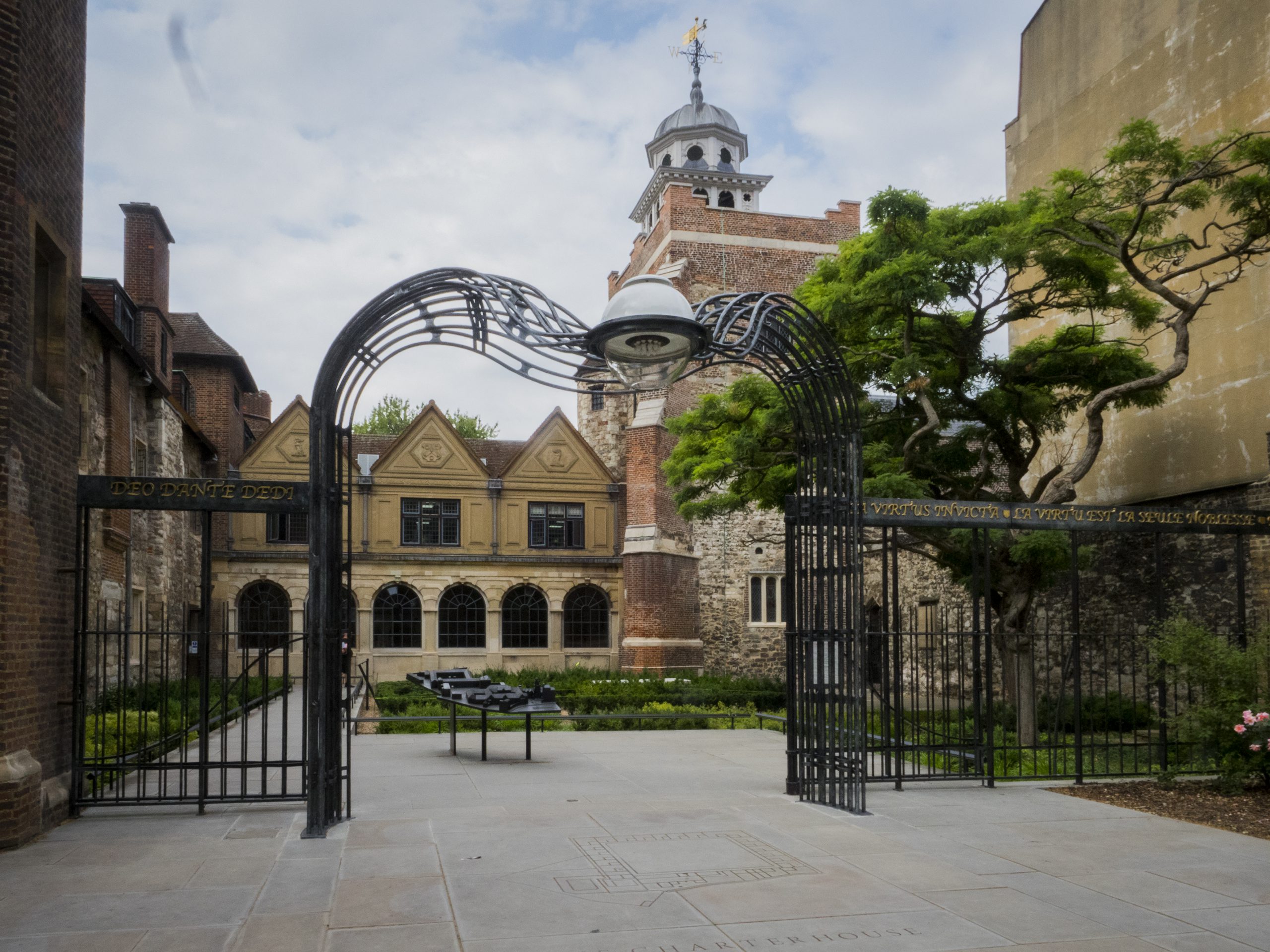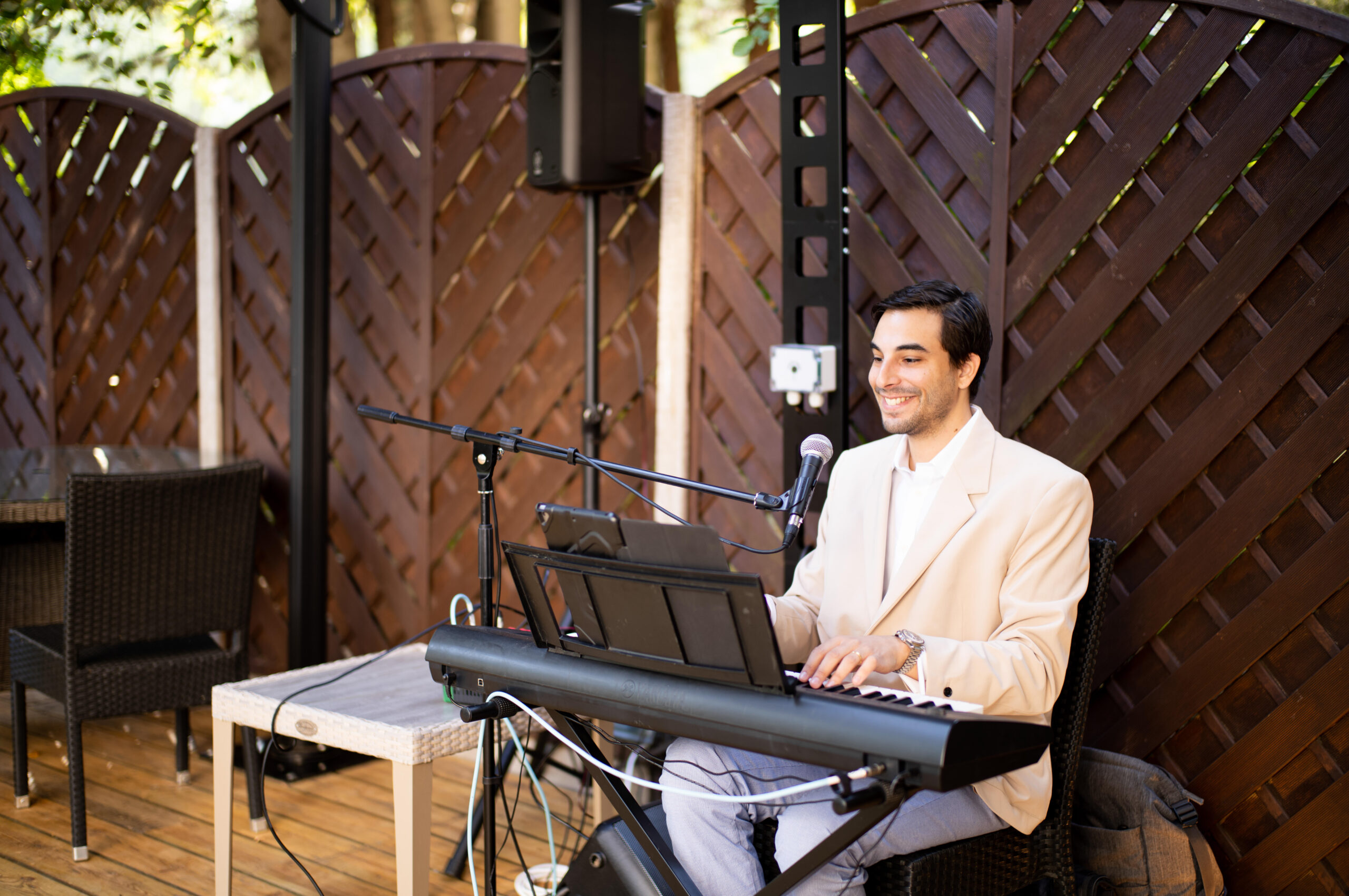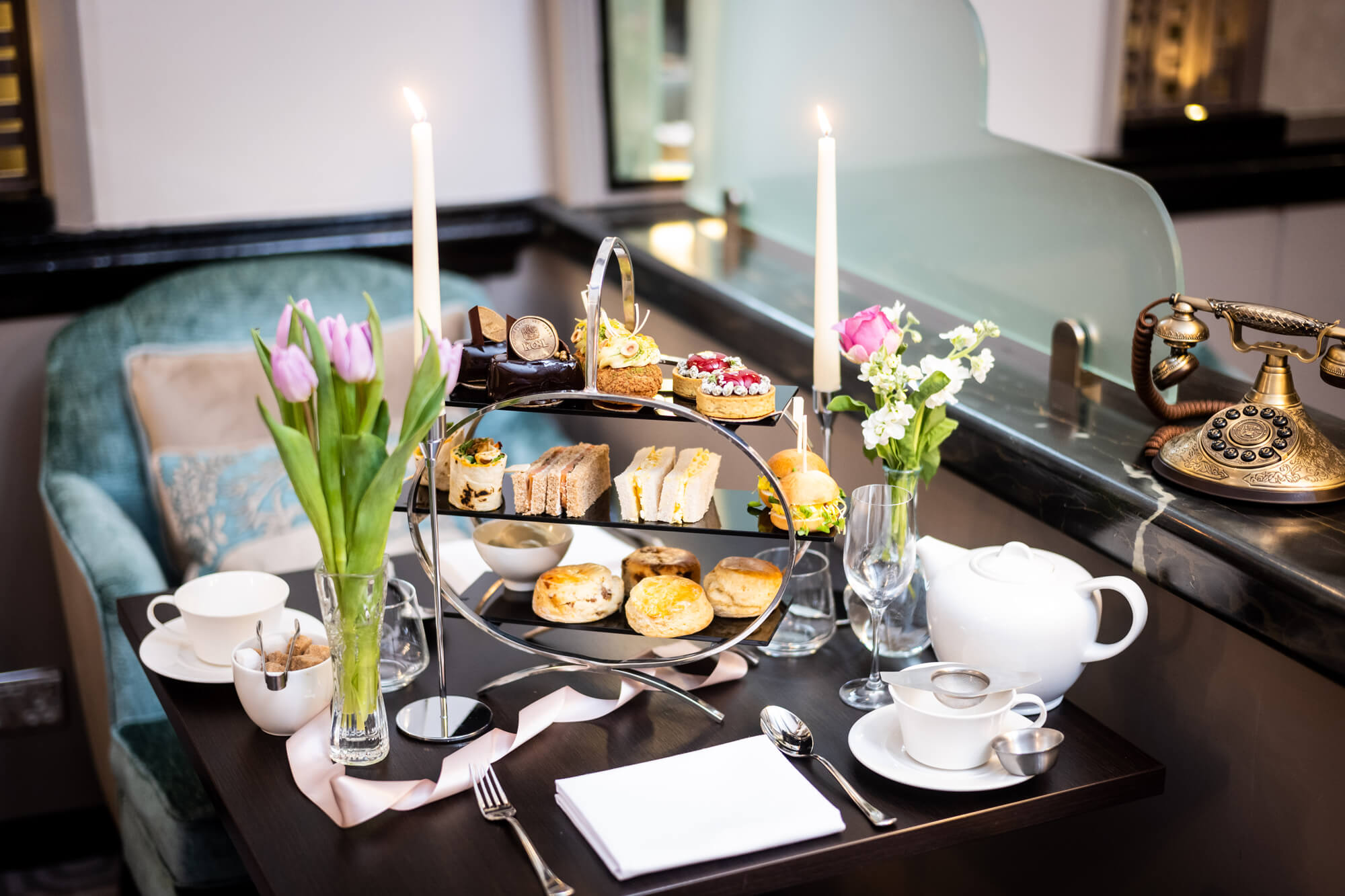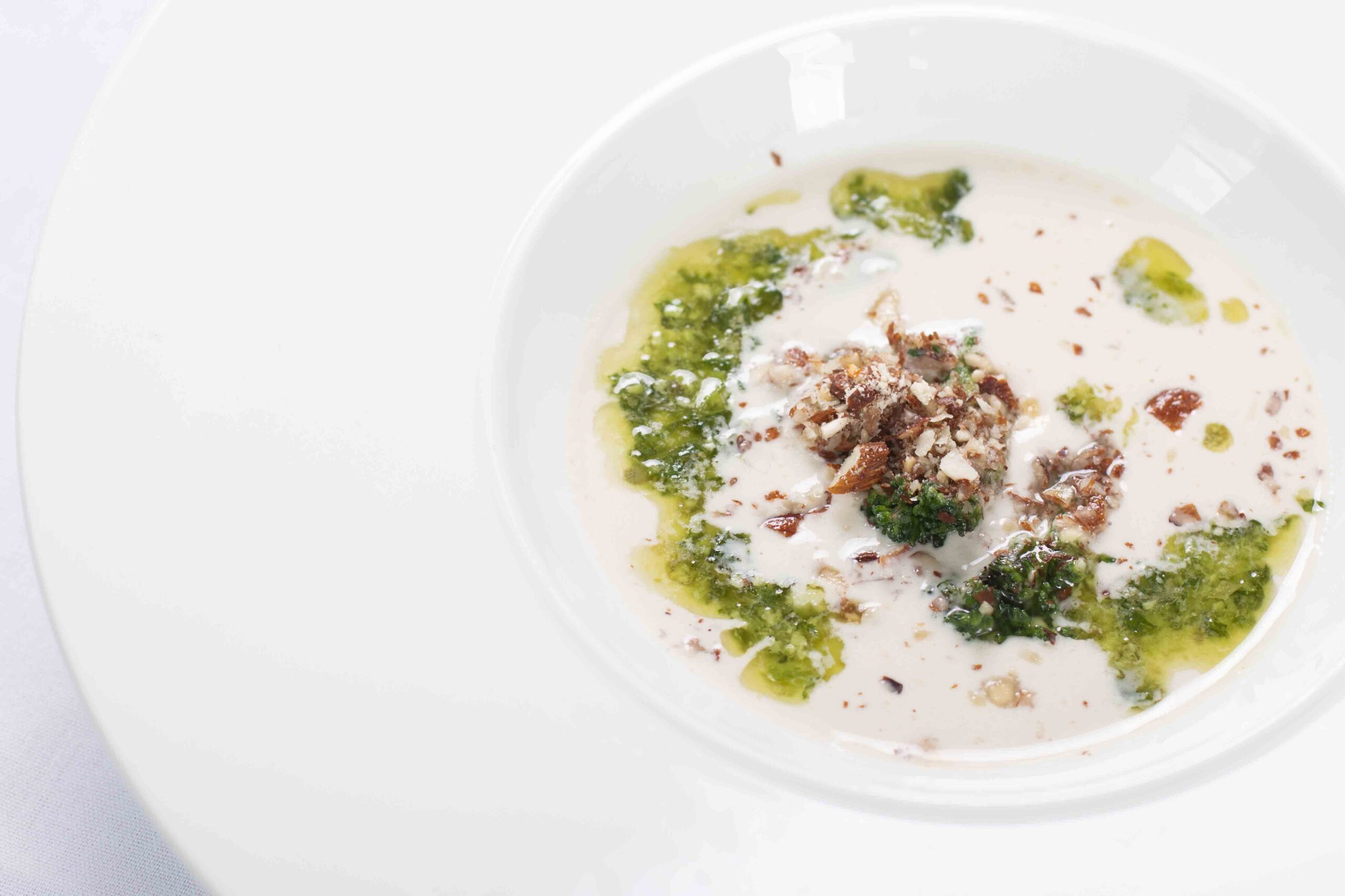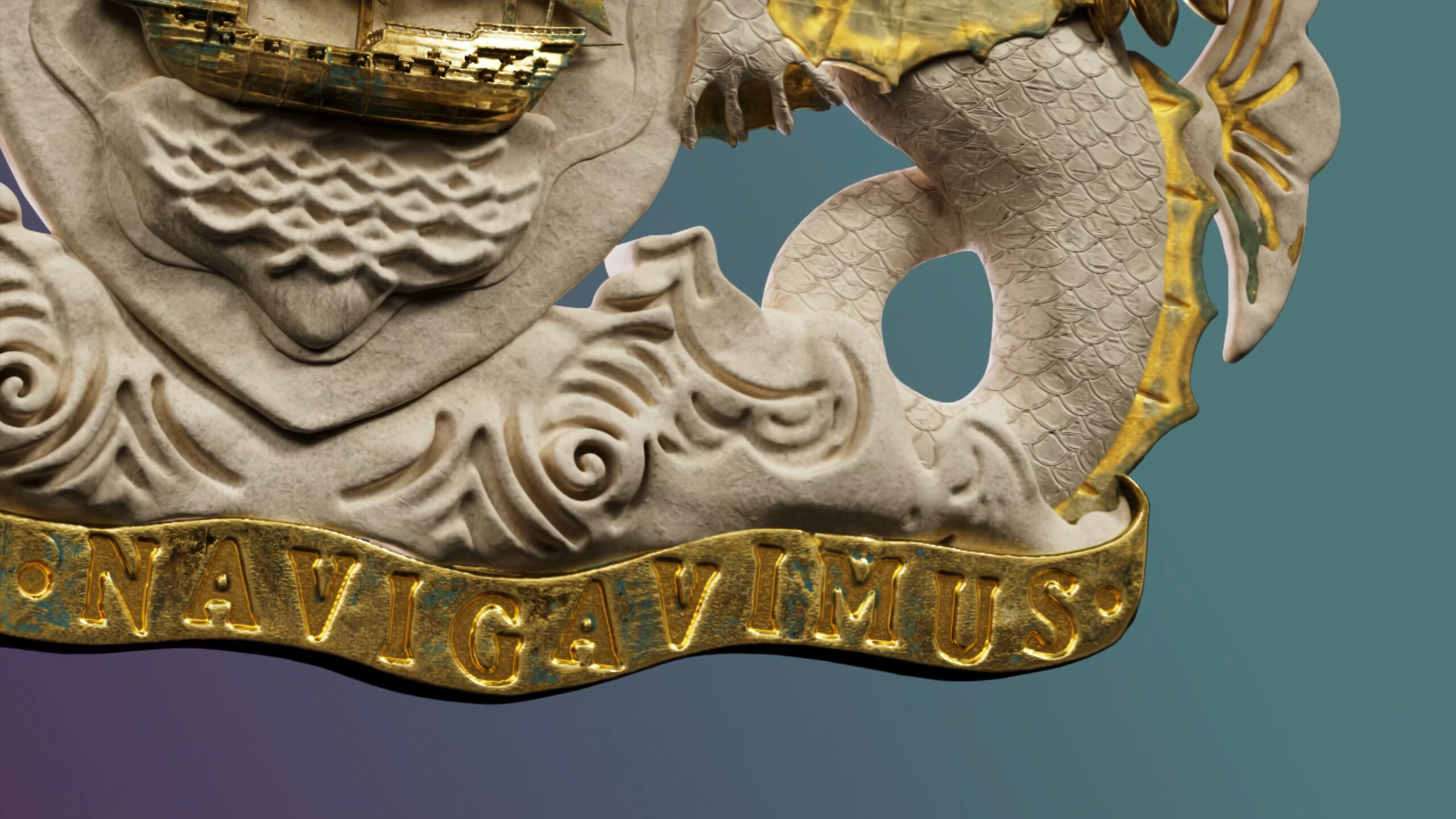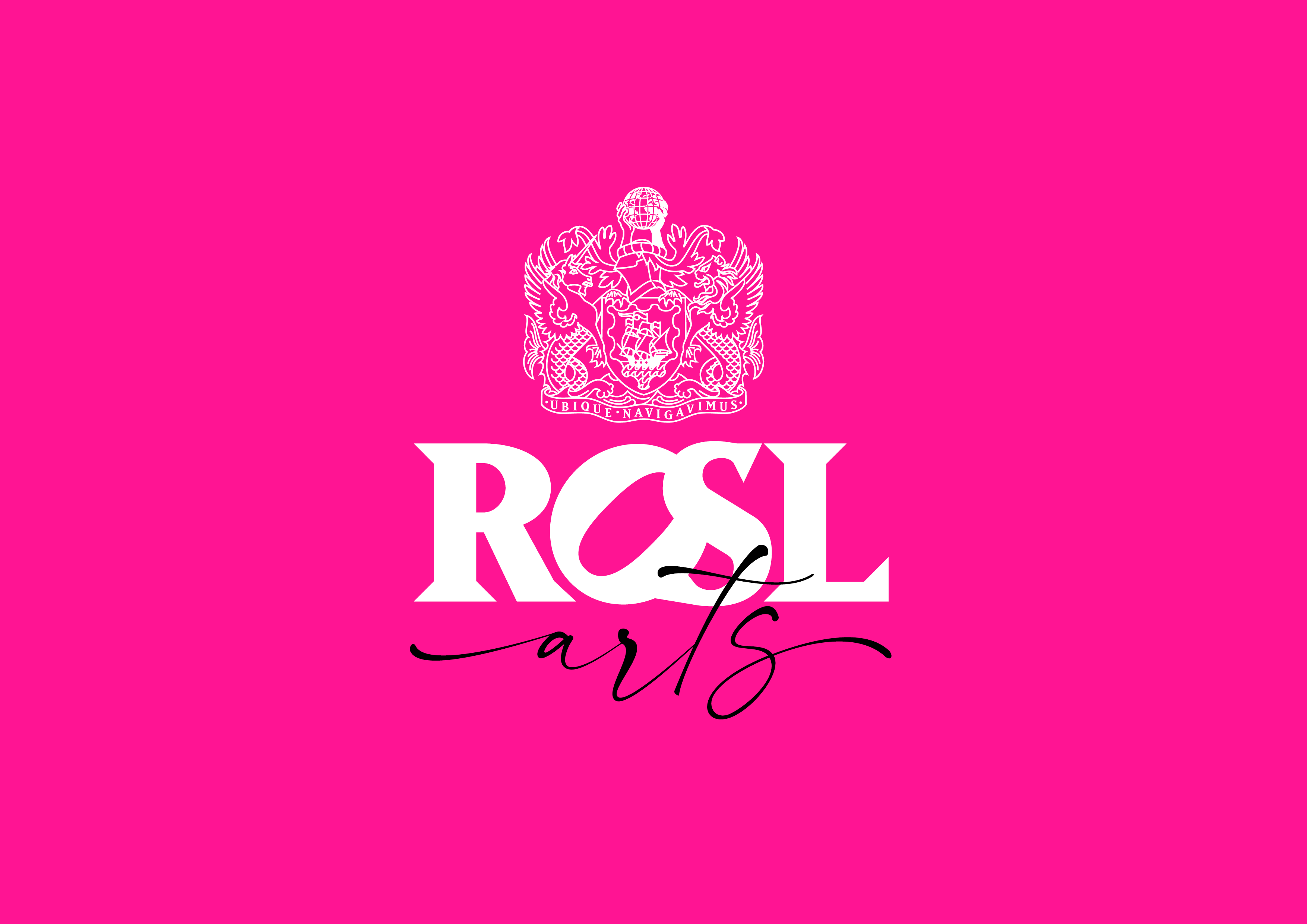- About Us
- Membership
- What’s On
- ROSL Events
- About Club Events
- Public Affairs
- Calendar of Events
-
Upcoming Events
-
Jazz in the Garden
Fri. 17 May - 19:00
![ROSL_Friday_Night_Jazz]()
-
Classical Floral Concert: Beethoven’s Pastoral Symphony
Mon. 20 May - 18:30
![ROSL_Chelsea_Flower_Show_concert_web_image_2]()
-
SOLD OUT: An Afternoon of Jewels at Sotheby’s
Fri. 24 May - 15:00
![ROSL_Sotheby’s_Jewellery_Tour]()
-
Jazz in the Garden
Sat. 01 June - 19:00
![ROSL_Friday_Night_Jazz]()
-
Book Talk: Wavewalker by Suzanne Heywood
Wed. 05 June - 18:30
![ROSL_Event_BookTalk_Wavewalker]()
-
London Group Visit: The Charterhouse
Thu. 06 June - 11:30
![ROSL_events_charterhouse_London]()
-
Domaine Henri Bourgeois: French Dinner & Recital in the Princess Alexandra Hall
Fri. 14 June - 18:30
![ROSL_Bourgeois_dinner_and_recital_website thumbnail]()
-
Annual Music Competition, Gold Medal Final 2024
Wed. 19 June - 19:30
![ROSL_Event_Music_GoldMedal]()
-
Cheese and Wine Tasting – in partnership with Paxton & Whitfield and Hayward Bros Wines
Thu. 27 June - 18:30
![ROSLCheese_Wine_event_June_2024]()
-
Jazz in the Garden
Fri. 26 July - 19:00
![ROSL_Jazz_NIghts_Garden_4]()
-
From the Archives: Where the Royal Standard Flies
27 March 2019
HM Queen Elizabeth II is the first British Monarch to have adopted a personal flag. The official description states: “The flag consists of Her Majesty’s initial E ensigned with the Royal Crown, the whole within a chaplet of roses, all in gold, on a blue field, the flag being edged or fringed also in gold.”
The Queen’s personal flag was seen for the first time during the royal visit to India and Pakistan. It was designed in the college of Arms under the direction of Garter King of Arms.
It is square and in varying sizes appropriate to the occasion and the place where it is flown. Such places as buildings, cars, and aircraft in which the Queen is either living or travelling.
Of course, the flag most closely associated with the Sovereign is the Royal Standard, and this will not be supplanted. But whereas the Royal Standard is especially linked with the United Kingdom, the new flag is entirely personal to Her Majesty, and no specifically connected with any one of the nations of the Commonwealth of which she is the head. On occasion, indeed, Queen Elizabeth’s personal flag may be seen flying side by side with the Royal Standard.
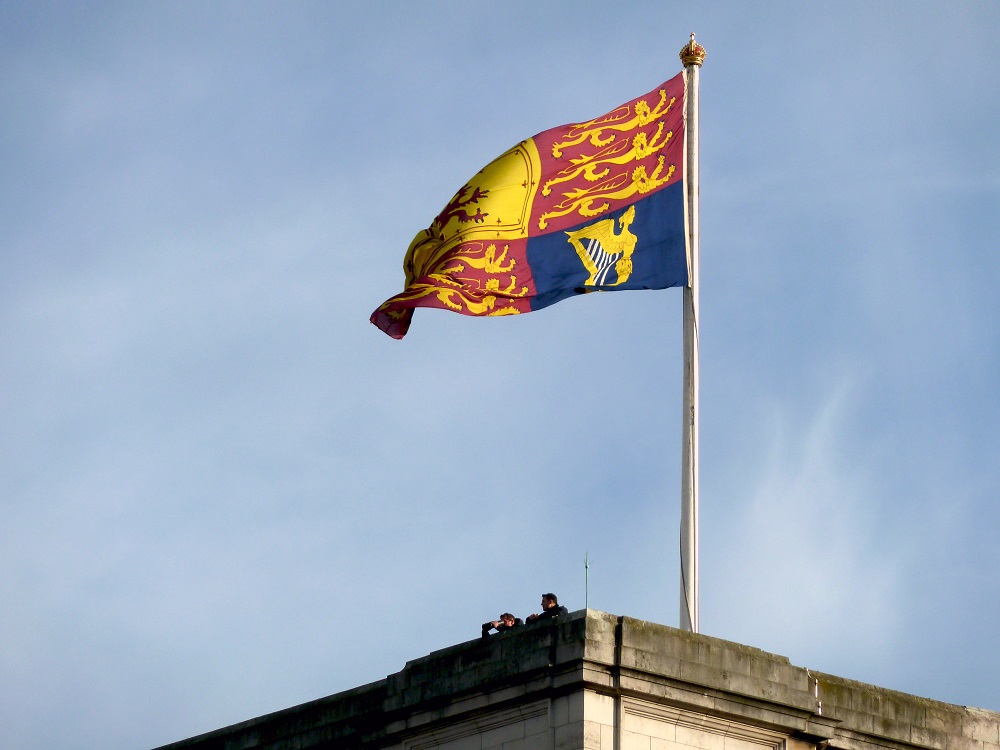
The Royal Standard flying at Buckingham Palace
Royal Standards flown from public buildings and royal residencies when Her Majesty is present vary considerably in size. The normal, or fine weather one, is 18ft by 9ft. There is a 12ft by 6ft standard for bad weather, and a “storm flag”, which measures only 6ft by 3ft. (There is an apocryphal story of a policeman new to Buckingham Palace who reported to his Sergeant that the Royal Standard had shrunk badly during the day.)
The standards at Buckingham Palace are changed often. The stock is kept in perfect condition. A flag is immediately changed if it gets torn while flying, and new flags are flown on any big State occasion.
When Queen Elizabeth goes abroad sometimes as many as two score Royal Standards precede her. They are held in readiness at the places to which she is going. A small Standard flies from her car and one is broken from a royal plane as soon as she boards it. It flies again as the plane taxis down the runway on landing.
Although commonly called the Royal Standard, the flag is, strictly speaking, the Royal Banner. It was the personal battle flag of the Sovereign. Nobody buy royalty has the right to fly it, and during preparations for the Queen’s Coronation a man who flew one from a balcony in London, and who at first refused to remove it when asked, might have found himself in gaol had he persisted.
In medieval times it was often the rallying point in battle, and the area around the Royal Standard was nearly always hard-pressed. At Agincourt 20 French knights, who hard sworn on cross of their swords to capture of kill Henry V, made at him in a compact mass, but every one was slain at the foot of the Standard.
